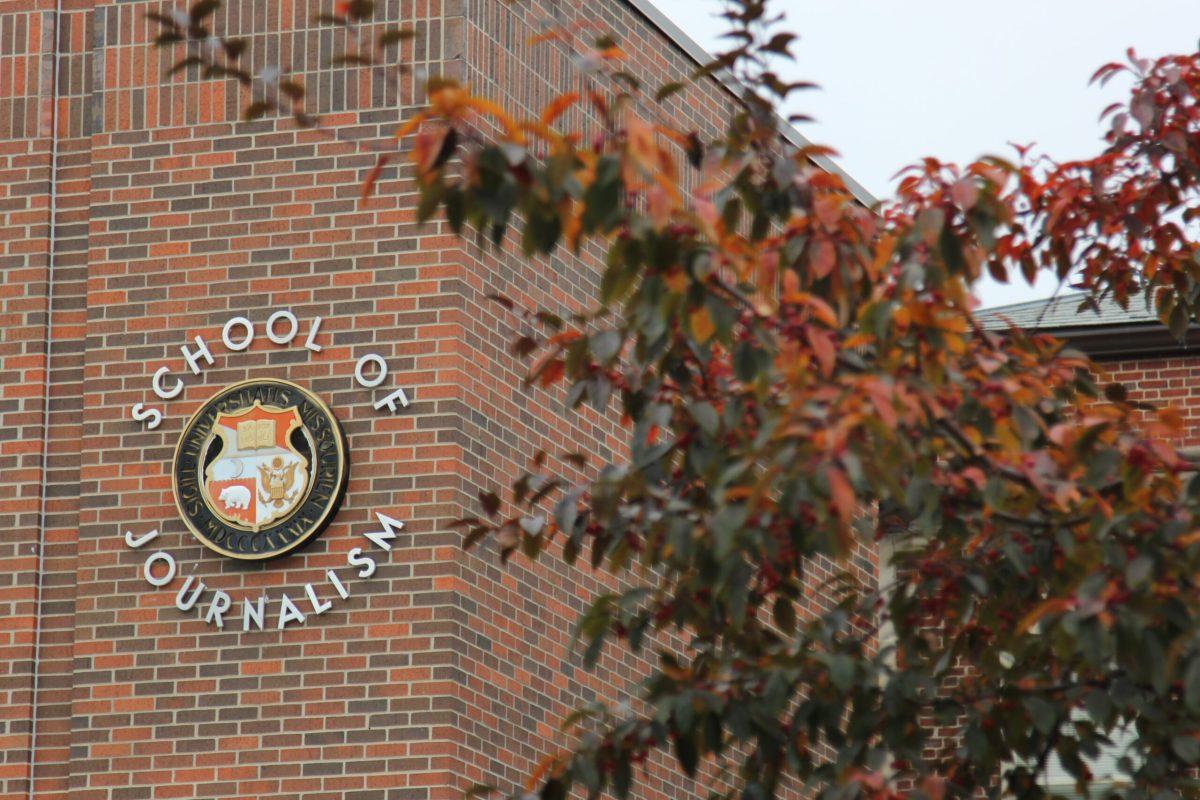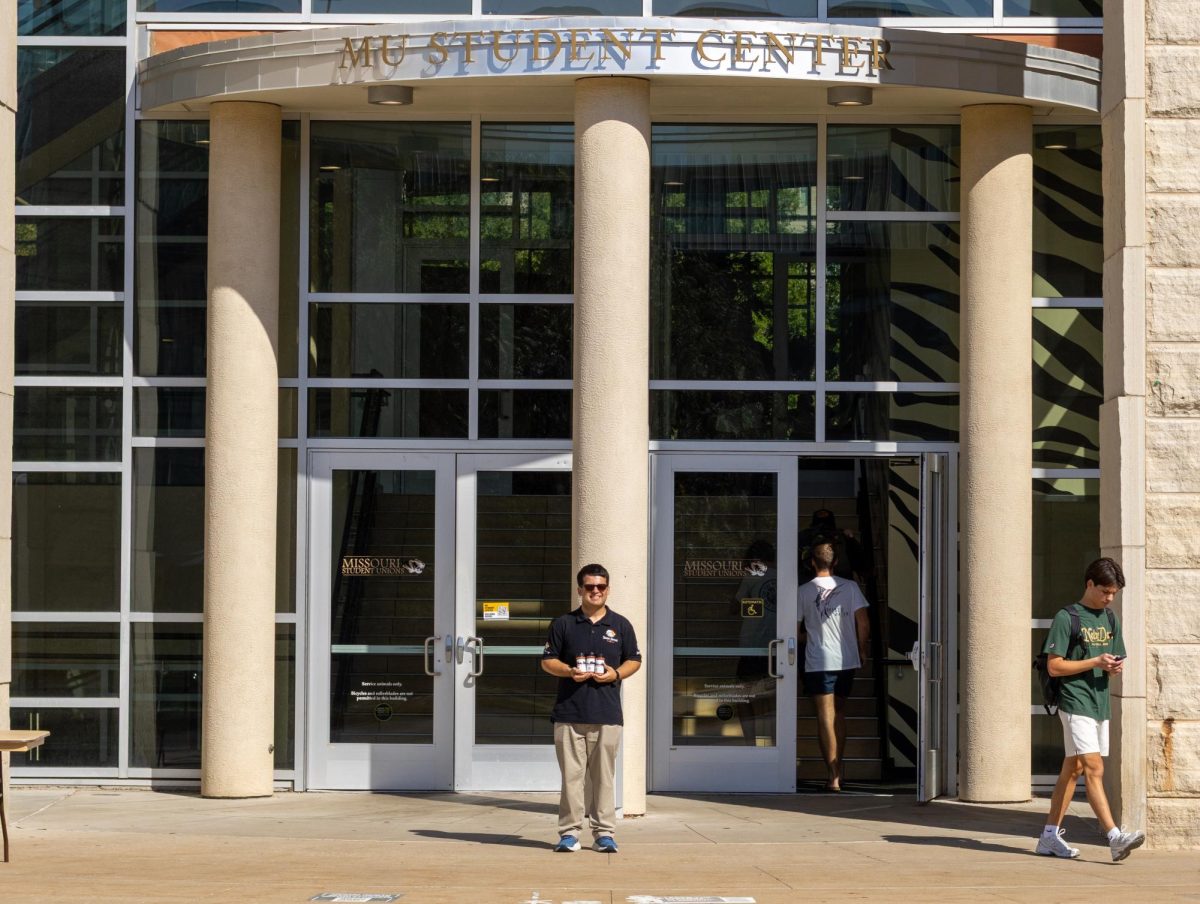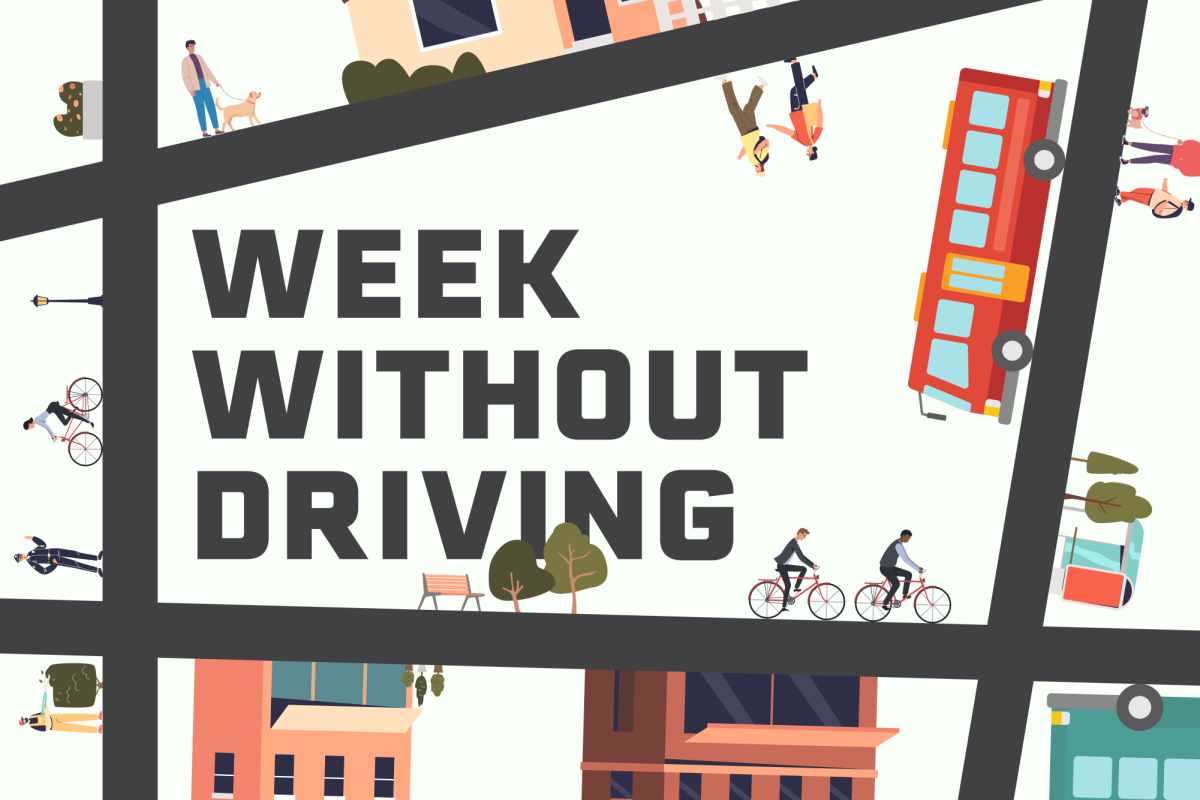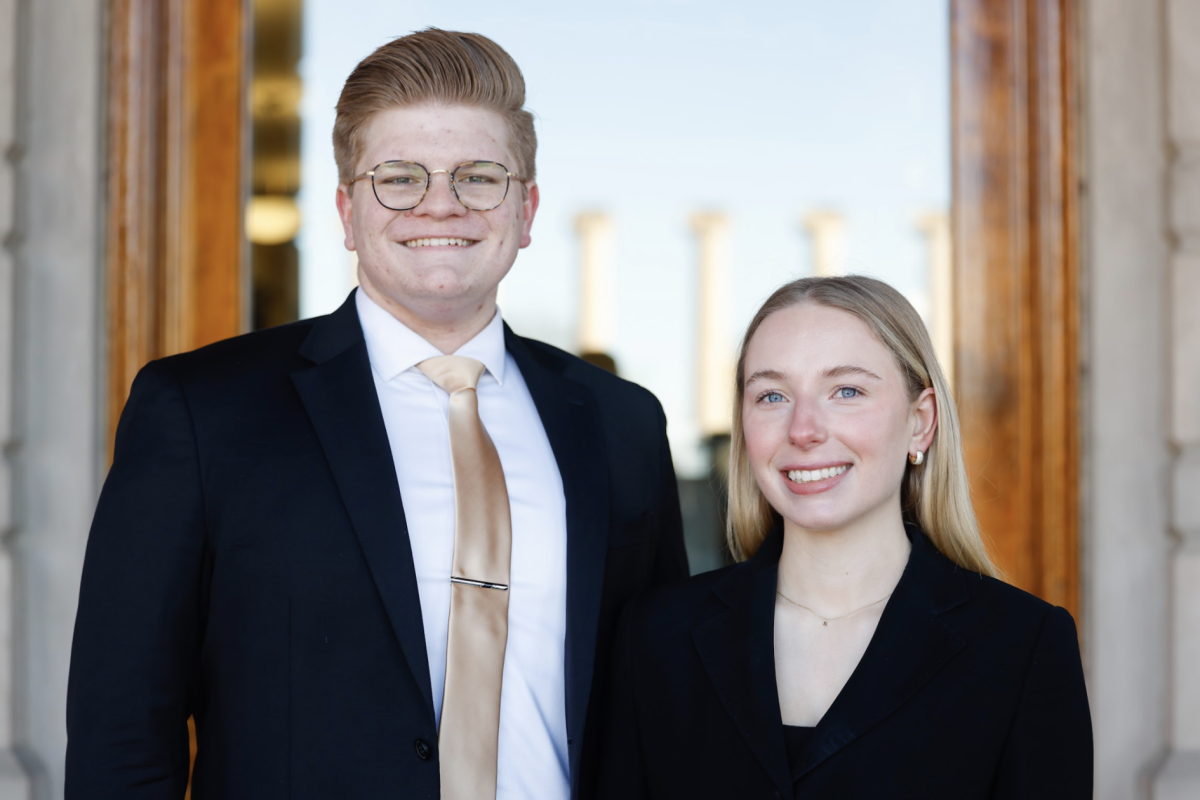When sophomore Connor Clary met with his adviser, he was told to either take Journalism 2100 and 2150 at the same time next semester or drop out of the journalism program entirely.
The problem was that advisers don’t normally allow the courses to be taken concurrently, at least under normal circumstances.
Since the old curriculum will not be offered after next spring, Clary would have had to take two of the most difficult journalism prerequisite classes next semester: 2100: News – Writing Intensive and 2150: Fundamentals of Multimedia Journalism.
Clary’s advisor said it would be possible to take the new courses that replace 2100 and 2150 next year, but it would have made Clary a year behind.
“I wish there had been a way I could have taken 2150 and 2100 in two different semesters,” Clary said. “Maybe if I did decide to keep doing journalism, I would have had more options, and it wasn’t really me being forced to change degrees based on that and more of my own choice.”
Clary planned on specializing in public relations, so he dropped 2150 after realizing it was too journalism focused. After deciding to drop the journalism program altogether, Clary is now majoring in social work.
“It was frustrating because it kind of ruined all of the ideas of what I could do and changed it all around,” Clary said. “It made me very confused as to where I was going.”
With revisions made this year to the journalism curriculum for freshmen, like adding new required courses and eliminating previous ones, several students are caught in the middle of these changes.
Transfer student Cassie Pabst started at MU with an associate degree, the equivalency of 60 credit hours. Despite this, her adviser told her to enroll in Journalism 1200 and 1300, two courses in the new journalism curriculum. These classes are about the basics of visual and written journalism and strategic communication.
“I feel like I’m a freshman all over again, basically, because I’m taking classes with all freshmen, and I feel like I’m behind even though I’m two years ahead of them technically,” Pabst said. “I understand why I need to take them, but I also feel like I’m not a sophomore.”
In addition to requiring enrollment in the new courses, Pabst’s adviser did not explain that the classes were under the new curriculum or show her a course audit.
“I knew walking into Mizzou that I was going to have to take some pre-interest area classes before I could get into the journalism school,” Pabst said. “I didn’t expect to immediately go into the junior level classes, but it is a little frustrating because I feel a little set back by the situation just because I want to be able to graduate in four years like what everybody else does.”
Approximately 50 transfer students enrolled in the School of Journalism this semester, according to Lynda Kraxberger, associate dean for undergraduate studies. Usually, transfer students and those who are sophomores and higher take the old curriculum, but Pabst’s case was different.
“We make decisions based on what’s in the best interest of the student with the available resources we have at the time,” Kraxberger said. “So, the change that we are making in the curriculum is to provide max[imum] flexibility to students in the future.”
When asked about Pabst’s curriculum and why she, a transfer student, isn’t taking old curriculum classes, Kraxberger said advisers look at each student individually.
“Again, it’s a case by case basis so without seeing her and understanding exactly what she was taking, I wouldn’t have any idea why she was put in the new ones as opposed to the old ones … that doesn’t ring true to me,” Kraxberger said.
When asked if many students were caught in the middle of these changes, Kraxberger wanted to reframe the question to focus on the “ample opportunity” of the old curriculum and the “different thought process” of the new curriculum to prepare students for the professional level.
Kraxberger later found out why a transfer student would take the new curriculum.
“If a transfer student came in with a course equivalent to one of our pre-requisite core courses such as J1100 Principles of Journalism in Democracy, J2100 News or J2150 Multimedia Reporting, they would have been placed in the old curriculum,” Kraxberger said in an email. “Without any of those course equivalencies, we would most likely have placed them in the new curriculum.”
To be more informed on scheduling and class requirements, Kraxberger suggests that these students meet with their academic adviser, be on the Canvas undergrad advising page and work with the Office of New Student Programs. If students have any extra questions, she suggests making an appointment to see her.
“I could speak for the people I know here and say we’re all here for the benefit of the students,” Stacey Woelfel, chair of the curriculum committee, said. “We try not to do it as faceless evil bureaucrats to make changes with no regard for the students. The changes in the curriculum have been made very much for the benefit of the students.”
Each student’s college career is a “case-by-case basis” as Kraxberger said. The best way to avoid curriculum conflict is to stay informed.
“What we’re attempting to do for every student is to ensure that we know what your career goals are and how we can best meet them and not create artificial barriers on getting there,” Kraxberger said.
_Edited by Laura Evans | [email protected]_














